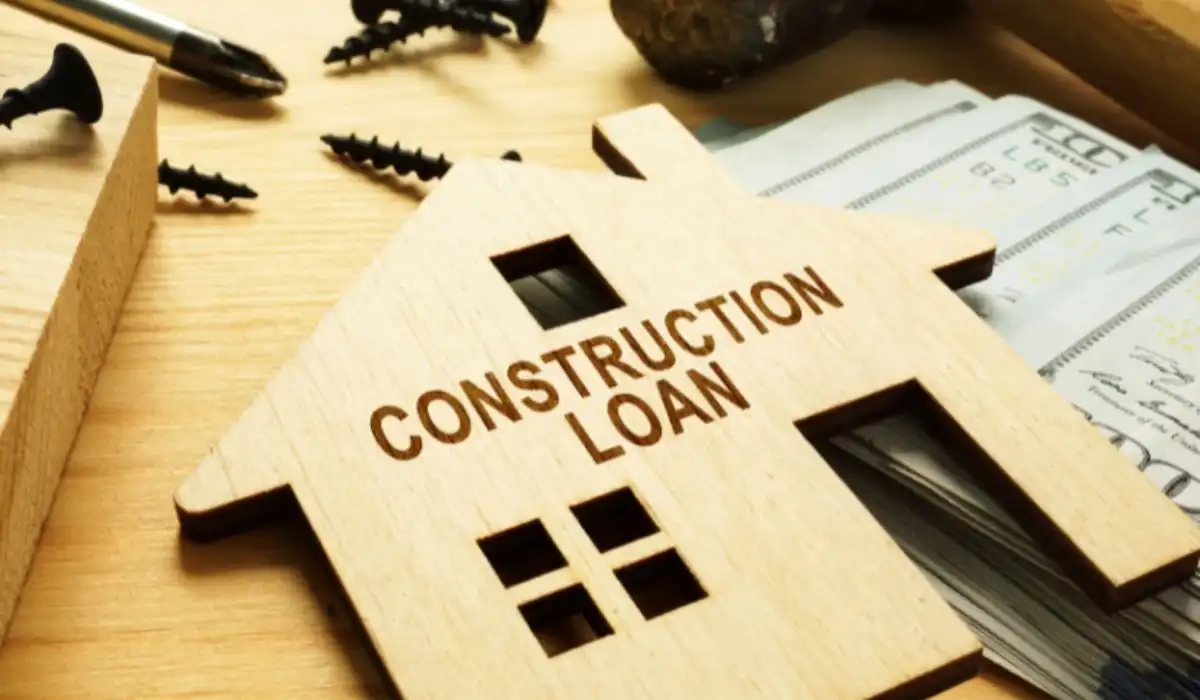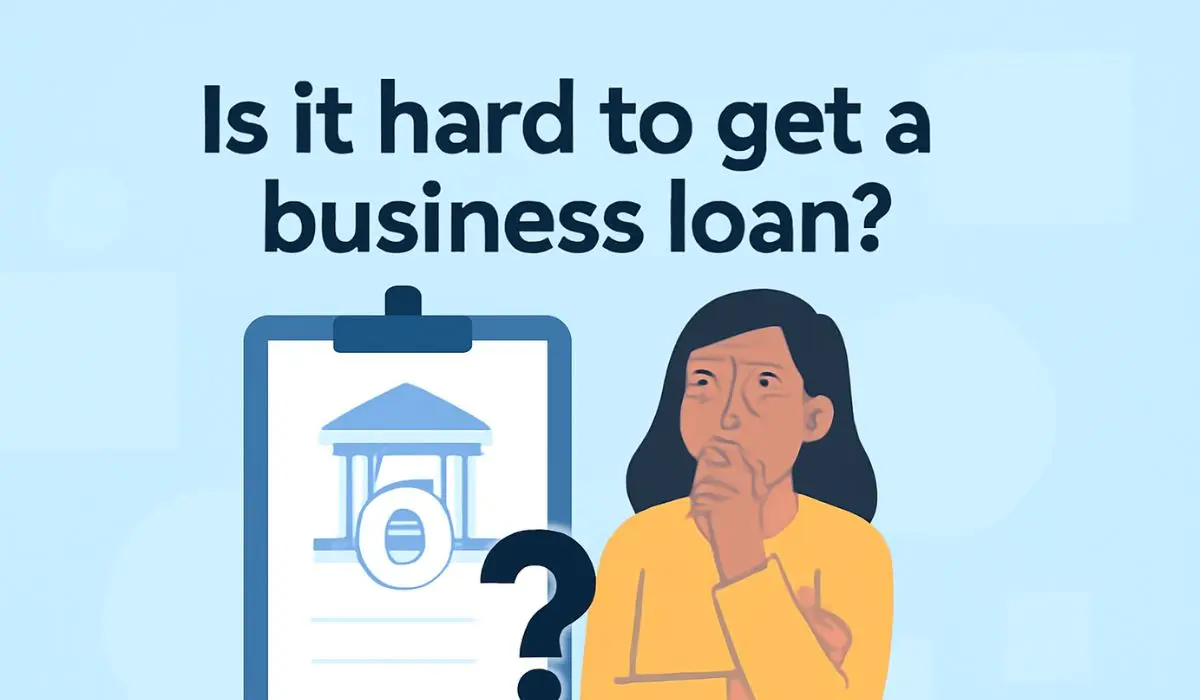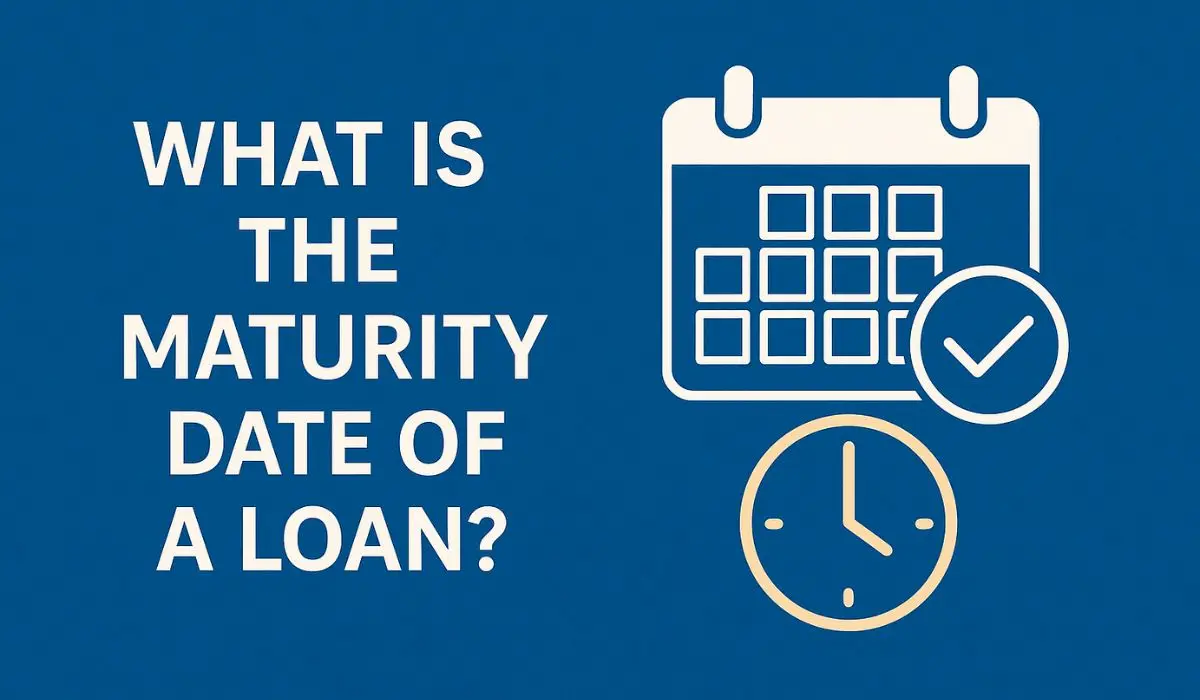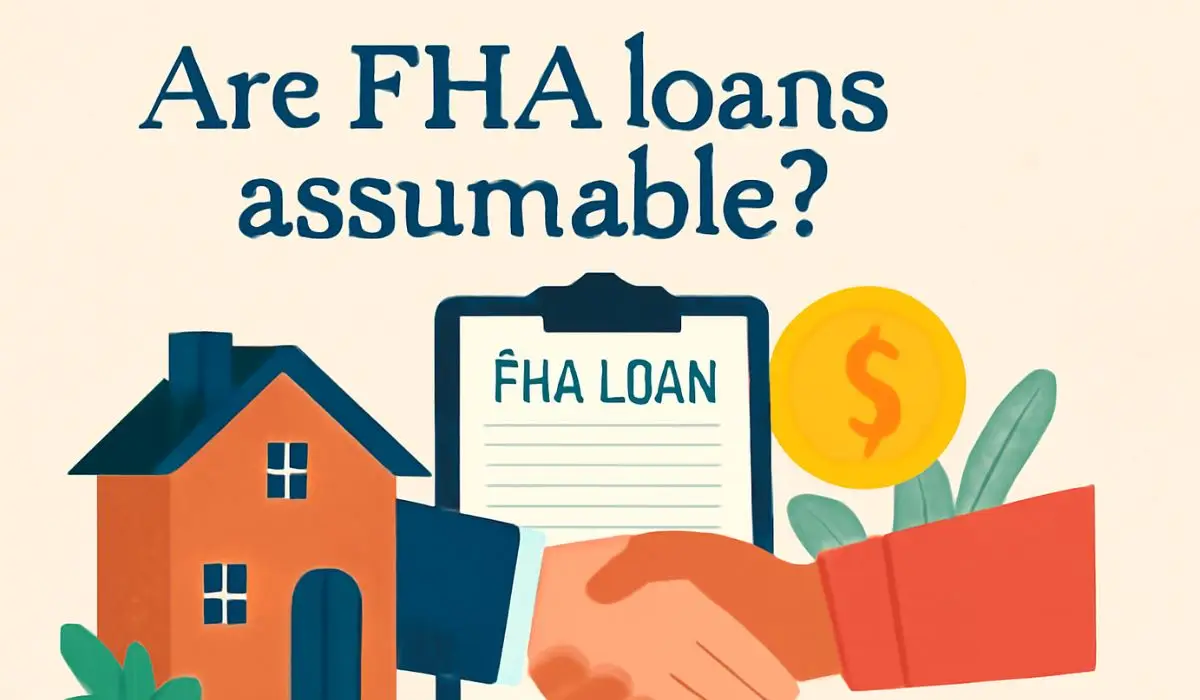Building your dream home can be one of the most exciting and rewarding experiences of your life. However, before you start picking out finishes or watching the foundation go down, it’s important to understand the financing process that will help turn your vision into reality.
Home construction loans provide the necessary funds to build a home from scratch, and understanding how they work, the types available, and the requirements can make the process smoother and more manageable.
What Is A Construction Loan?
A construction loan is a short-term, high-interest loan specifically designed to cover the costs of constructing or renovating a property. Unlike traditional mortgages, which finance the purchase of existing homes, construction loans help fund projects that are yet to come into being.
These loans typically provide funds in installments, known as draws, which are released as construction milestones are completed. One key difference between construction loans and traditional mortgages is the payment structure. While you are building, you usually make interest-only payments on the money that has been drawn. Once construction is finished, the loan converts into a regular mortgage, and you begin repaying both the principal and the interest.
Step-By-Step Explanation Of The Construction Loan Process
The application process for a construction loan is similar to applying for a traditional mortgage but involves a few additional steps. Here’s how it typically unfolds:
1. Prequalification
Before you can apply for a construction loan, you’ll need to work with a reputable builder who has a proven record of delivering quality work. Lenders will assess your financial stability through various criteria, including your credit score, income, and any existing debts. Prequalification helps establish the project budget and sets the stage for the loan application.
Pro Tip for Builders: Utilize construction project management software to streamline the estimating process and avoid costly errors. Accurate estimates help build confidence with your clients and ensure a well-planned project.
2. Application
Once prequalified, you’ll need to submit your plans for the project, including blueprints, cost estimates, and a construction schedule. Lenders will review these documents to assess the feasibility of the project and determine if it aligns with your budget. Attention to detail at this stage is crucial for smooth approval.
3. Approval and Documentation
After reviewing the application, the lender will prepare the legal documentation for the loan agreement. It’s essential for builders and homeowners to carefully review these documents to understand the terms and conditions, including interest rates, repayment schedules, and other loan-specific details.
Types of Construction Loans
Construction loans come in different types, each catering to specific project needs. Here are the three most common types:
1. Construction-to-Permanent Loans
This type of loan is designed to convert into a traditional mortgage once the construction is completed. It’s ideal for those who want a seamless transition from the construction phase to home ownership. With one closing and the ability to lock in a fixed interest rate, this option can save time and money, making it a convenient choice for many home buyers.
For builders, construction-to-permanent loans provide predictable payments and reduce administrative burdens after the project is completed.
2. Stand-Alone Construction Loans
Stand-alone construction loans are separate from long-term mortgages. These loans are short-term (typically lasting up to 12 months), and once construction is finished, the borrower must pay off the loan in full or apply for a separate mortgage to cover the remaining balance. This type of loan provides flexibility, but it requires the borrower to undergo a second loan application process once the construction is complete.
3. Renovation and Remodel Construction Loans
This loan is designed for projects that focus on improving existing structures, such as renovating kitchens or bathrooms, rather than building a home from scratch. Renovation loans are typically smaller in amount and offer faster approval. However, they may come with slightly higher interest rates and shorter loan terms.
Construction Loan Requirements
To qualify for a construction loan, borrowers need to meet specific requirements:
1. Credit Score and Financial Health
Most lenders require a credit score of 680 or higher to qualify for a construction loan. A strong credit history, low debt-to-income ratio, and stable income are essential for approval. If your credit score is on the lower end, you may face higher interest rates or be required to make a larger down payment.
2. Detailed Construction Plan
You will need to present a detailed construction plan with accurate timelines and cost estimates. Lenders want to see that the project is feasible and that the builder has a solid track record of completing projects on time and within budget.
3. Down Payment
For construction loans, down payments are typically 20-25% of the total loan amount. For some projects, this percentage may rise to 30% depending on the project’s scope or the borrower’s financial situation.
4. Builder Selection
Choosing a reputable builder is a critical requirement for approval. Lenders want to work with builders who have a proven history of completing quality homes within a reasonable timeline.
Construction Loan Interest Rates And Terms
The interest rates for construction loans are typically variable and may fluctuate with market conditions. These rates tend to be higher than those of traditional mortgages due to the inherent risks associated with financing a project that doesn’t yet exist.
The down payment required for construction loans generally falls between 20% to 25% of the total project cost. However, this can be adjusted based on your creditworthiness, the builder’s reputation, and the project’s complexity.
Once the construction phase ends and the loan is converted into a permanent mortgage, borrowers will begin repaying both principal and interest over the course of 1 to 30 years.
Construction Loan Draw Schedule
Since construction loans are disbursed in installments, or draws, they follow a draw schedule. This schedule outlines when funds will be released based on the completion of construction milestones, such as:
- Foundation completion
- Framing stage
- Roof installation
It’s important to create a realistic draw schedule that aligns with the project timeline to ensure smooth cash flow and avoid delays. Builders and homeowners should work closely with the lender to ensure that milestones are met and funds are released on time.
Final Thoughts
Securing a construction loan is a key part of turning your dream home into a reality. By understanding the loan process, requirements, and types of loans available, you can better navigate the complexities of home construction financing.
Whether you choose a construction-to-permanent loan, a stand-alone construction loan, or a renovation loan, effective planning, clear communication, and working with trusted partners will help ensure the successful completion of your project.
FAQs
During construction, you typically make interest-only payments on the funds drawn. Once the project is completed, the loan converts into a permanent mortgage, and you begin repaying both principal and interest.
Disadvantages include higher interest rates, large down payments (20-30%), the need for multiple approvals and documentation, and the requirement to pay closing costs twice if using a stand-alone construction loan.
A typical down payment for a construction loan is between 20-25%. It can be higher (up to 30%) depending on credit score and project details.
Yes, construction loans are generally harder to get because they are riskier for lenders. Borrowers typically need a strong credit score, a solid construction plan, and a larger down payment.
Yes, you pay closing costs on a construction loan, which may be higher than a traditional mortgage. If it’s a stand-alone loan, you will pay them twice: once at the beginning and again when converting to a permanent mortgage.






